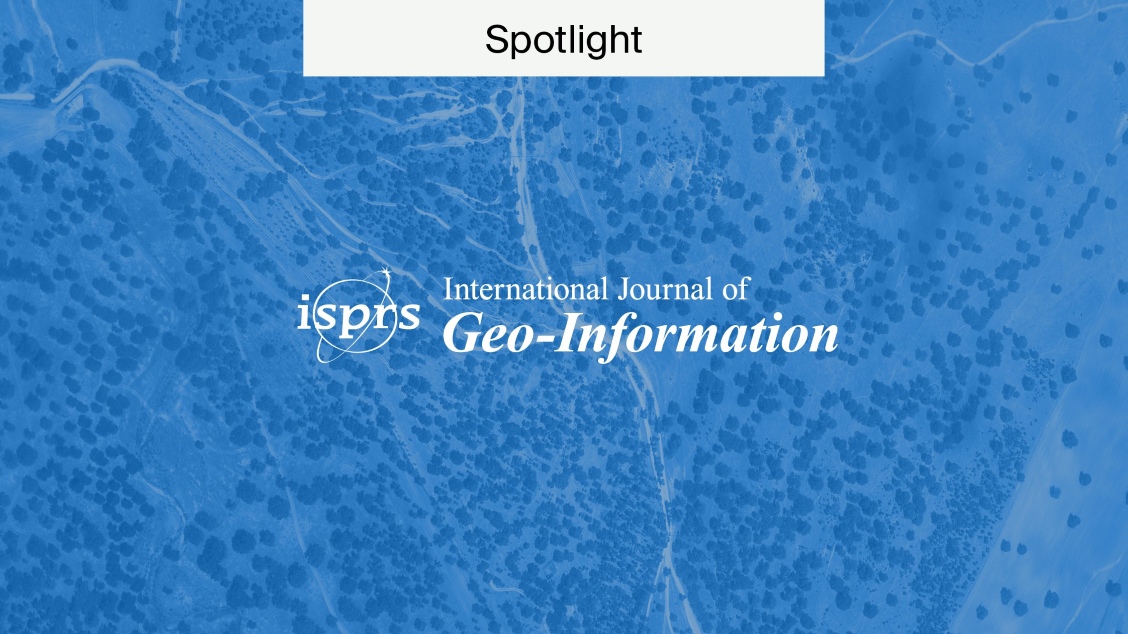
Open Access in Switzerland
Switzerland has a robust Open Access infrastructure that has enabled it to rapidly increase its publication of freely available scholarly research. Moreover, it closely collaborates with the EU despite not being a member. This country published an updated Open Access Strategy in 2024 which will run until 2032.
We outline the history of the Swiss government’s mandates and its current policies for those looking to submit research or read it.
Open Access is the new paradigm
Open Access refers to a publishing model for scholarly research that makes information immediately available to readers at no cost. This research is also free to reuse for scholarly purposes.
The benefits of publishing Open Access include gaining more citations and having a greater impact, reaching a wider audience, advancing scientific innovation, retaining copyrights, and increasing the potential for collaboration and recognition. Open Access can also help institutions like universities and research agencies in low- and middle-income countries by removing any price barriers to accessing academic research.
History of Open Access in Switzerland
Switzerland has gradually increased the requirements for publishing work as Open Access. Here is a brief history of Open Access in Switzerland:
- 2006: The Swiss National Science Foundation (SNSF) sign the Berlin Declaration, one of the foundational declarations on Open Access.
- 2015: The State Secretariat for Education, Research, and Innovation task swissuniversities, an umbrella organisation that comprises member Swiss universities, in collaboration with SNSF to develop a strategy for implementing Open Access to scholarly publications.
- 2017: swissuniversities and SNSF adopt the Swiss National Open Access Strategy.
- 2018: SNSF introduce a requirement for Open Access publication.
- 2021: The Swiss Open Access Repository (SONAR) is launched. SONAR aggregate content and metadata from institutional repositories and international sources.
- 2022: The Swiss Open Access Monitor goes live.
- 2022: SNSF signs the EU’s Plan S initiative.
Switzerland has a decentralised education and research system organised under the body swissuniversities and supported by SNSF, the country’s leading research funder. These bodies navigate an academic community with several languages and foster collaboration around Open Access.
These bodies have worked together to develop a comprehensive Open Access strategy that has established infrastructure and is working on improving incentives.
Current Open Access laws in Switzerland
The Swiss National Open Access Strategy aims to make all publicly funded scientific publications freely accessible. This was created and is supported by the SNSF and swissuniversities, meaning most higher education institutions in the country support it.
This strategy has led to the development of the Swiss Open Access Monitor and SONAR. The policy describes the benefits of Open Access:
The researchers themselves stand to benefit the most from open access: their results will be seen by more people. And they will have unrestricted access to the publications of their colleagues. This will be a big step forward for science. Industry and society will also benefit from gaining swift access to the latest scientific knowledge.
The policy requirements were developed according to predefined guiding principles that revolve around pursuing a unified approach whilst maintaining complete cost transparency and neutrality in the long term. All researchers are encouraged to publish either via green or gold Open Access and new research evaluation and promotion systems are to be discussed in line with the Declaration on Research Assessment (DORA).
Swiss National Open Access Strategy 2024
In 2023, the Delegation Open Science conducted a review of the 2017 strategy. In June 2024, swissuniversities published the updated Strategy. It defines OA as the following:
Publications must be immediately available in a machine-readable format, free of charge, with no embargo, and under an open license.
The timeframe for this revised strategy has been set to 2032. Its leaders will continue developing infrastructure and supporting diverse forms of Open Access (green, gold, diamond). To further encourage this diversity, there will be no overarching plan. Instead, implementation will be planned by the various actors individually.
The key aim is to promote open science in Switzerland’s heterogeneous landscape.
The 2024 Strategy has simply been extended in timeframe, with a more specific requirement for OA (machine-readable, open license, and no embargo). There are also further plans for developing the legal framework, broadening research assessment criteria, and monitoring the movement.
Collaboration with the EU
Though Switzerland is not part of the EU, the SNSF is a member of the international initiative cOAlition S, which is built around Plan S.
Plan S mandates “full and immediate Open Access to peer-reviewed scholarly publications from research funded by public and private grants”. This is supported by ten principles that address copyright, transparency, and criteria, among other things.
Further, Switzerland is part of Horizon Europe. Horizon Europe will last until 2027 and has a budget of €95.5 billion. Its aims are to facilitate collaboration and strengthen the impact of research and innovation in developing, supporting, and implementing EU policies whilst tackling global challenges.
Accordingly, Open Access is mandatory for researchers receiving funding. This is so Horizon Europe can support the “creating and better dispersing of excellent knowledge and technologies”. Its aims revolve around tackling climate change, achieving the UN’s SDGs, and boosting growth.
If you want to learn more about the EU’s Open Access policy, we have a full article on the topic.
Switzerland’s Open Access statistics
Switzerland is moving away from a subscription-only model to the open publication of scholarly research. Here are some statistics from Scopus:
- 2012: 54% of articles were subscription-only, 22% were green Open Access, and 11% were gold Open Access.
- 2016: 44% of articles were subscription-only, 17% were green Open Access, and 24% were gold Open Access.
- 2022: 20% of articles were subscription-only, 14% were green Open Access, and 62% were gold Open Access.
As you can see, Switzerland has decreased its number of subscription-only articles in favour of an almost six-fold increase in gold Open Access publication. This demonstrates the success of the country’s Open Access policy and infrastructure.
Future trends
So far, there has been a rapid increase in the uptake of gold Open Access publications. As Switzerland further acts on its 2024 Strategy, with its more specific definition of OA and further refinement of details, this trend will likely continue.
Since the Strategy encourages actors to implement open science individually, uptake will vary across the country. As infrastructure is developed and collaboration forms, so will participation.
One key aspect that will be further developed is the Open Research Data Strategy. This Strategy formulates principles specifying that research data should be as open as possible and meet FAIR principles. The Action Plan currently includes further coordinating to begin the collaborative process of opening data on a broad scale.
Overall, you can expect further collaboration with higher education institutions and other bodies as Switzerland refines its infrastructure and requirements and with the EU, as the country participates in cOAlition S.
Value of Open Access
All articles published by MDPI are made immediately available worldwide under an Open Access license. This means:
- Everyone has free and unlimited access to the full text of all articles published in MDPI journals;
- Everyone is free to re-use the published material if proper accreditation/citation of the original publication is given;
- Open Access publication is supported by the authors’ institutes or research funding agencies by payment of a comparatively low Article Processing Charge (APC) for accepted articles.
Researchers can satisfy Switzerland’s developing Open Access policy and pre-empt any stricter legislation by publishing in an MDPI journal. Alternatively, if you want to publish an early version of your article, try Preprints, our service for publishing early versions of research that are not peer-reviewed and report on either ongoing or complete research.
Open Access makes vital information accessible to all readers and researchers and brings together scholars from across the world. Thus, it is ideal for tackling global challenges such as climate change and cancer research that require urgent and coordinated attention.
Switzerland is leading Open Access policy with its strong infrastructure and rapid uptake of OA publication. Click here if you would also like to learn more about Open Access around the world.










